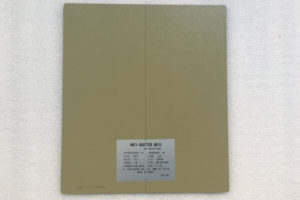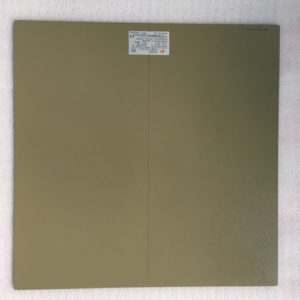As the composition of the X-ray camera, the wire grid is divided into three categories according to the structure, motor function and material.
First, according to the structure, it can be divided into convergent grids, parallel grids, cross grids, and arc grids. The convergence grid is the most widely used, and each lead strip is inclined to the focal point, that is, the extension line of the lead strip is concentrated at the focal point. A parallel grid is where each lead strip is parallel to each other in a vertical plane. The cross grid is composed of two layers of parallel grids, and the directions of the lead bars are 90° to each other. The arc grid is formed by superimposing the radius of the center to expand outward, like a tile.
Second, according to the function, it can be divided into fixed grid and vibration grid. The vibration grid is a grid with low grid density (28L/CM), which can only be used as a movable grid, and is mostly used in power frequency X-ray machines.
Third, according to the material of the grid, it can be divided into two forms of common grid and all-metal grid. The internal spacers of the commonly used wire grids are made of non-metallic materials, such as non-metallic low-density materials such as wood chips, paper sheets, and plastics. The internal spacer of the all-metal wire grid is a metal material, that is, an aluminum sheet, which has high strength and good moisture resistance. There are many types of wire grids, you can choose a suitable wire grid according to your own equipment.


Author:X Ray Grids Maker
Tel: +86 18953679166
Email: service@newheek.com
Company: Weifang Newheek Electronic Tech Co., Ltd.
Address: E Building of Future Star Scientific Innovation Industrial Zone of No.957 Wolong East Street, Yulong Community, Xincheng Sub-District Office, Weifang Hi-tech Zone, Shandong Province, China